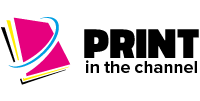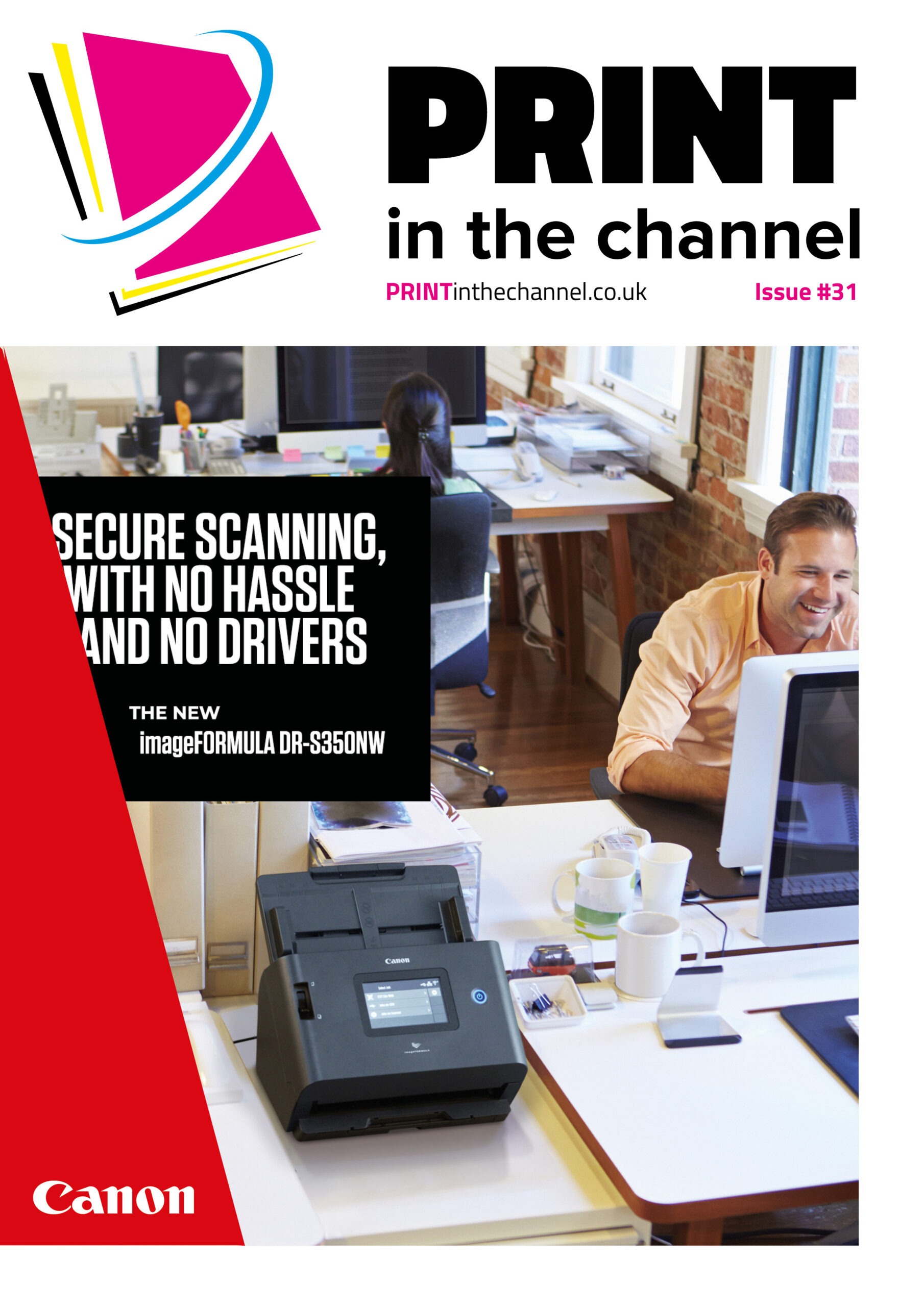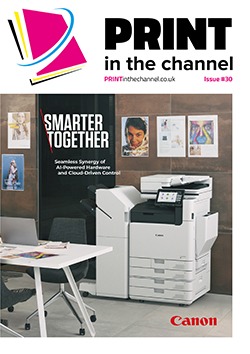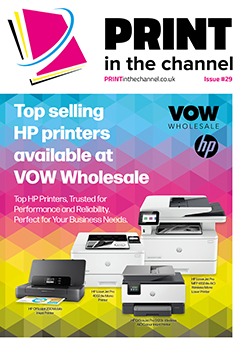RFID labels are increasing in popularity in a range of sectors as customers across the supply chain want more accurate tracking, which is presenting opportunities for resellers.
While RFID labelling has been around for some years, it is only relatively recently that uptake has accelerated as customers in a wide range of sectors seek it to keep a more accurate track of goods and deliveries.
Suchi Srinivasan, VP of DTE (Digital Transformation) at Beontag, notes that RFID-enabled labels have become increasingly critical. “The global RFID market is projected to be valued at more than $15 billion by 2032, demonstrating a robust annual growth rate of 9.9%, according to Allied Market Research,” she says.
“In Europe, significant progress has been made with 35 countries now approving RFID usage in the 915-921 MHz frequency band, improving global compatibility and technical performance. This growth is driven by a growing number of brands, manufacturers and industries realising the potential of RFID technology to improve their supply chain, customer experience and business operations.”
Deyon Antione, product marketing manager at Toshiba Tec, notes that the popularity of RFID labels is widening. “They are popular especially within retail as they’ve been around in retail for nearly 20 years for inventory management, but just-in-time inventory management and tracking has seen it grow across the whole supply chain, from manufacturing, warehousing, transport and logistics to the retail outlet,” he says. “With improved technologies and the cost of RFID enabled labels coming down we are now seeing RFID labels in automotive, pharmaceuticals, electronics, healthcare, smart environments and other areas.”
Changing demands
With usage increasing, customers are looking for fast and reliable RFID encoding solutions, both labels and printers.
Deyon says that with tags, customers are looking for improved range and data transfer speeds, advanced unified security features, integration with mobile data and IoT for improved functionality for a wider range of applications and improved longevity as some RFID enabled labels may have a long-term use or be subjected to harsh environments.
“With printers, customers look for print resolution and print encoding speed, easy integration into IT infrastructure and systems, user friendly, durability, reliability, ease of setup, adjustable RFID antenna configurations to accommodate different label and RFID chip configurations, scalability and future proofing.”
Suchi adds that customers have high expectations when it comes to performance and compliance. “They are looking for exceptional performance, high-speed reading capabilities with near 100% accuracy and seamless integration with their existing business intelligence systems,” she says. “On top of that, they prioritise UHF RFID tags that meet EPC Gen 2v2 standards.
“But it doesn’t stop there – compliance and security are just as critical. Customers want robust data security and privacy protection, alongside a commitment to environmental sustainability. Meeting these demands is key to staying ahead in the market.”
Reseller conversations
When talking to customers about RFID solutions and printers, resellers should highlight certain aspects. Deyon says resellers should highlight the benefits of RFID technology. “There is enhanced data storage: RFID tags can store more information than traditional barcodes, including maintenance history and item status,” he says.
“There is also improved accuracy and efficiency as RFID tags can be read from a distance and do not require a direct line of sight, allowing for faster and more accurate inventory management.
“RFID technology also enables real-time tracking of assets and inventory, reducing discrepancies and improving operational efficiency.”
Deyon adds that use cases should also be discussed. “For instance, in retail it can enhance product availability and optimise order management with uninterrupted traceability within the supply chain,” he says.
“Meanwhile in healthcare RFID can be used to track patient wristbands and medical equipment efficiently.
“In manufacturing, users can manage inventory and assets with detailed information about each item’s location, usage history and maintenance schedule. It is also ideal for tracking and tracing.”
Suchi adds: “The ROI and cost savings should speak for themselves, such as a 50-80% decrease in distribution centre costs, up to 50% reduction in theft, and significant labour savings through automation,” she says.
“Additionally, I recommend highlighting accuracy improvements. These can include inventory accuracy up to 99% in some cases, 50% fewer price markdowns, and minimised human error. Finally comes the operational benefits, which include real-time inventory visibility, faster counts, automatic replenishment and optimised shipping and receiving.
“For customers it can reduce checkout times and ensure better product availability across physical and omnichannel shopping. On the business side, there is enormous potential for scalability and integration, with existing systems, growth capability, and compatibility with IoT and AI for future-proofing.”
Future
The growth of RFID labelling is expected to continue. “RFID is expected to grow in 2025, particularly in sectors such as retail, healthcare, logistics and automation in smart environments,” says Deyon. “With advancements in extended range, data security, data transfer speeds and real-time analytics, RFID will become increasingly indispensable.”
Indeed, the global RFID market is projected to exceed $25 billion by 2033, growing at 9.1% annually, according to MarketsandMarkets, Suchi notes. “The technology has moved beyond early adoption to become a standard business tool, particularly in retail, manufacturing and healthcare,” she says. “I believe that companies that fail to embrace this technology risk losing significant competitive advantages in efficiency, accuracy, and customer service capabilities.”
Several factors are driving the growth. “Integration with IoT and blockchain is expanding RFID’s applications, while increased adoption by small and medium businesses highlights its growing accessibility,” Suchi adds. “The cost of RFID tags has also dropped significantly, making the technology more scalable than ever.
“Emerging trends like AI-driven solutions, enhanced customer engagement tools, and a focus on sustainability are shaping the future of RFID. Additionally, initiatives such as Digital Product Passports, starting in the EU and spreading globally, are set to further drive adoption, underscoring RFID’s critical role in enabling transparency and circularity in supply chains.”










